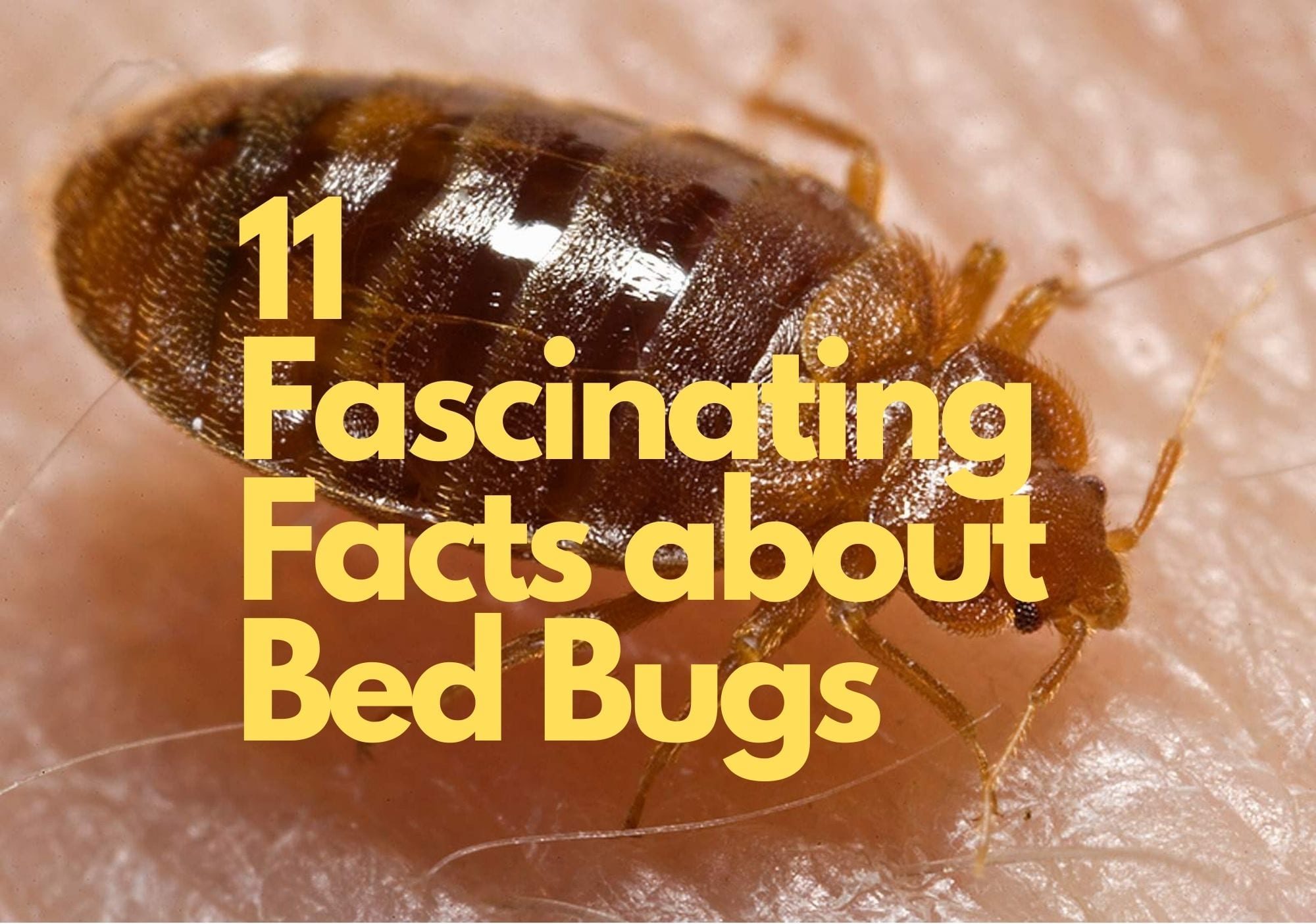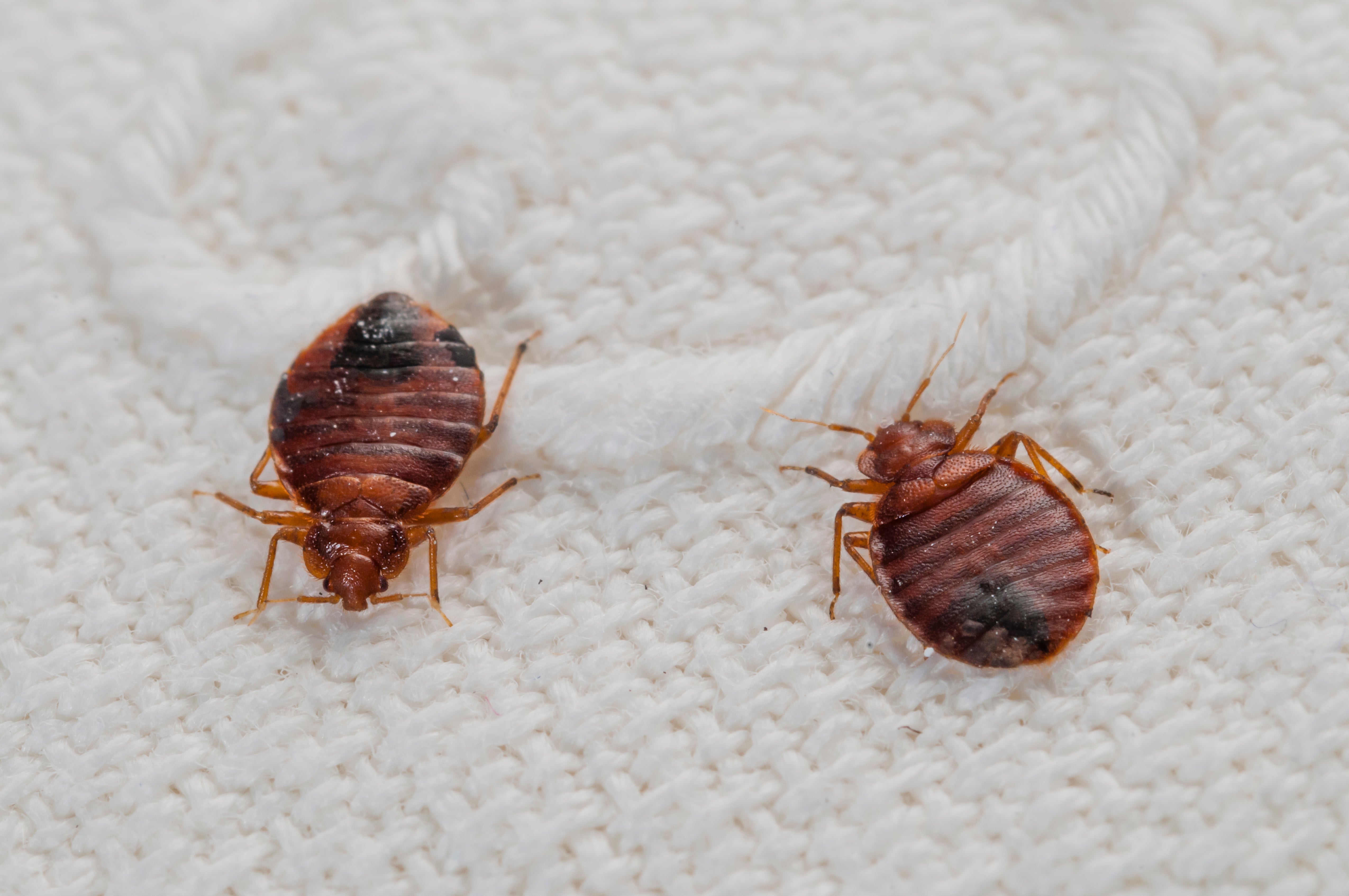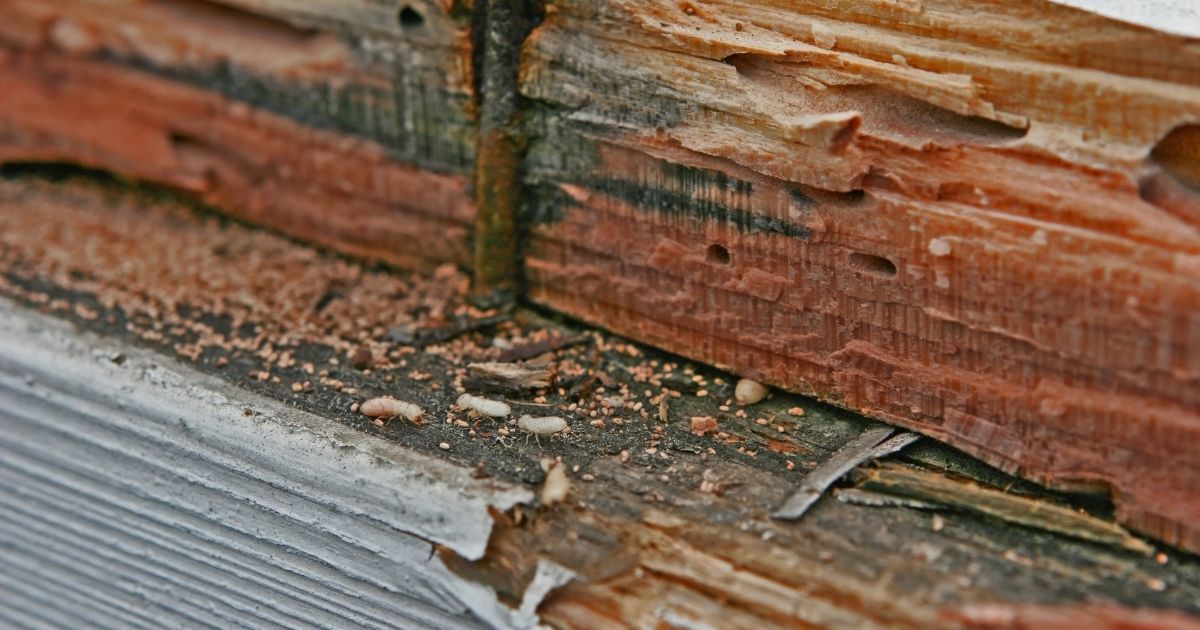To relocate without carrying bed bugs, inspect all items thoroughly before packing and use sealed bags or containers for transporting belongings. Bed bugs can easily hide in fabrics and crevices, so it’s crucial to check and seal all items to prevent infestation during the move.
Moving to a new home can be an exciting experience, but the last thing you want to bring along are unwanted bed bugs. These pesky pests can easily hitch a ride on your belongings and infest your new space. To ensure a bed bug-free relocation, it’s important to take proactive measures in safeguarding your possessions.
By following simple yet effective precautions, you can minimize the risk of carrying bed bugs to your new home and enjoy a smooth and stress-free move.

Credit: www.excelpestservices.com
Preparation Before Relocating
To ensure a bed bug-free relocation, take these steps:1. Inspect furniture and belongings carefully, looking for signs of bed bugs. 2. Vacuum all items and use high heat to kill any possible bugs. 3. Seal items in plastic bags or containers to prevent infestations during the move.
4. Use bed bug-proof covers for mattresses and box springs. 5. Avoid picking up used or second-hand furniture without thorough examination. 6. Consult a professional pest control service for further guidance.
Before moving to a new place, it’s crucial to take preventive measures against bed bugs. By following a few simple steps, you can ensure a bed bug-free relocation experience. Let’s delve into the essential preparation processes to safeguard your new home from these pesky pests.
Inspecting The New Home
Before bringing your belongings into the new house, conduct a thorough inspection for any signs of bed bugs. Look for dark spots on mattresses, bedding, and furniture, which are telltale signs of an infestation.
Decluttering And Minimizing The Risk
Reduce the risk of bed bugs hitchhiking to your new home by decluttering and simplifying your belongings. Dispose of unnecessary items and perform a deep clean to eliminate any potential hiding spots for bed bugs.

Credit: www.excelpestservices.com
Packing And Sealing Strategies
When relocating to a new place, the last thing you want to bring along are pesky bed bugs that can cause a nightmare in your new home. Proper packing and sealing strategies are essential to prevent bed bugs from hitching a ride with you. Here are some effective methods to ensure a bed bug-free move:
Using Bed Bug-proof Containers
Invest in bed bug-proof containers to store your linens, clothes, and other fabric items. These containers provide a protective barrier against bed bugs and prevent them from infesting your belongings.
Vacuuming And Cleaning Items
Before packing, thoroughly vacuum and clean all your belongings to remove any potential bed bugs or eggs. This extra step can help eliminate any existing infestations and reduce the risk of carrying bed bugs to your new home.
Using Heat Treatments
Consider using heat treatments for items that are not suitable for washing or vacuuming. Exposing these items to high temperatures can effectively kill any bed bugs or eggs, ensuring they don’t accompany you during the move.
Transportation Of Belongings
To relocate seamlessly without risking bed bugs, ensure to thoroughly inspect and clean all belongings before transportation. Utilize sealed containers and bags to prevent infestations. Hiring professional movers who follow strict hygiene protocols is crucial for a bug-free relocation experience.
Transporting your belongings safely during a relocation is crucial to ensure a smooth and bed bug-free move. Choosing the right moving company, properly wrapping and labeling packages, and avoiding common transport mistakes are essential steps to protect your items. By following these guidelines, you can minimize the risk of bed bugs hitching a ride to your new home.Choosing The Right Moving Company
When it comes to selecting a moving company, it’s important to find one that prioritizes cleanliness and pest control. Look for companies that have a strong reputation and positive reviews regarding their attention to detail. Additionally, inquire about their pest control procedures to ensure they have preventative measures in place to mitigate the risk of bed bugs infesting your belongings during the move.Properly Wrapping And Labeling Packages
To protect your items from bed bugs during transportation, it is crucial to wrap and label them properly. Start by using high-quality packing materials such as sturdy boxes, bubble wrap, and packing tape to ensure that your belongings are well-protected. When wrapping individual items, ensure that they are completely enclosed to prevent any potential bed bugs from gaining access. Use packing tape to seal all edges and crevices, leaving no room for bed bugs to enter.Additionally, label each package clearly and boldly. This will not only help you keep track of your items but also make it easier for the movers to handle them with care. Proper labeling will also assist you in identifying any signs of an infestation later, making it easier to take necessary action.Avoiding Common Transport Mistakes
When it comes to transporting your belongings, avoiding common mistakes is crucial to prevent bed bugs from making their way into your new home. Ensure that you do not stack boxes or furniture against walls or other objects, as this can provide hiding spots for bed bugs. Instead, leave some space between your items and any surfaces, allowing for proper airflow and inspection.Inspect your belongings before packing. This will help you identify any signs of a bed bug infestation and avoid bringing them along. Look for telltale signs such as casings, blood stains, or live bed bugs themselves. If you detect any signs of infestation, contact a professional pest control company to address the issue before moving.Lastly, plan your move wisely. If possible, try to schedule your move during the colder months when bed bugs are less active. It’s also a good idea to use a sealed transportation method, such as a moving truck or storage container, to minimize the risk of bed bugs entering your belongings during transit.By following these steps, you can make sure your move is bed bug-free and your belongings arrive safely at your new home. Remember to choose a reliable moving company, properly wrap and label packages, and avoid common transport mistakes. Happy moving!Unpacking And Setting Up
Unpacking and setting up your belongings in your new home can be an exciting but daunting task, especially when it comes to ensuring that you do not bring along any unwanted bed bugs. Taking the necessary precautions during the unpacking process is crucial to creating a bed bug-free environment in your new space.
Inspecting Items As You Unpack
As you begin unpacking your items, take the time to carefully inspect each one for any signs of bed bugs. Look for small, reddish-brown insects, dark spots, or small white eggs that may indicate the presence of bed bugs. Pay close attention to items such as bedding, upholstered furniture, and curtains, as these are common hiding spots for these pests.
Treating Items If Needed
If you discover any signs of bed bugs during your inspection, it’s essential to take immediate action to treat the affected items. Use a vacuum cleaner with a brush attachment to thoroughly clean and remove any bed bugs, eggs, or droppings from the surfaces of the items. Consider using a steam cleaner to treat fabric-covered items, as the high temperatures can effectively kill bed bugs and their eggs.
Creating A Bed Bug-free Environment
To ensure that your new home remains free of bed bugs, it’s important to take proactive measures. Consider using bed bug-proof mattress and box spring encasements, which can help prevent bed bugs from infesting these areas. Additionally, install interceptors under the legs of your bed and upholstered furniture to trap any bed bugs attempting to climb onto these items. Regularly inspect and clean your home to catch and address any potential bed bug infestations early.
Post-move Bed Bug Prevention
After successfully relocating to a new home, it’s important to take measures to prevent the unwelcome hitchhikers known as bed bugs from infesting your new space. Implementing post-move bed bug prevention strategies can help safeguard your home and maintain a pest-free environment. Here are some essential steps to consider.
Monitoring For Bed Bugs
Regularly checking for any signs of bed bugs is key to preventing an infestation. Keep an eye out for reddish-brown stains on bedding, furniture, or walls, as well as tiny eggshells or shed skins. Utilizing interceptor traps under furniture legs can deter bed bugs from spreading.
Taking Precautions When Traveling
When traveling or staying in hotels, it’s vital to take precautions to avoid bringing bed bugs back home. Inspect hotel rooms for any signs of bed bugs, such as bloodstains on mattresses or live bugs in folds of furniture. Keep luggage off the floor and seal any used clothing in plastic bags to prevent contamination.

Credit: www.scientificamerican.com
Frequently Asked Questions Of How To Relocate Without Carrying Bed Bugs?
What Are Bed Bugs And How Do They Spread?
Bed bugs are small, reddish-brown parasitic insects that feed on blood. They can easily spread through infested furniture, luggage, and clothing, making it crucial to take preventive measures when relocating.
How Can I Prevent Bringing Bed Bugs When Moving?
To prevent bed bug infestations when relocating, carefully inspect your belongings, use protective covers for mattresses and furniture, and consider professional pest control treatment. Additionally, avoid placing items directly on the floor of moving trucks.
Are There Any Specific Areas To Pay Attention To While Inspecting For Bed Bugs?
When inspecting for bed bugs, focus on seams, folds, and crevices of furniture, mattresses, and other items. Ensure to check luggage, clothing, and curtains, as bed bugs tend to hide in dark, enclosed spaces.
What Steps Should I Take If I Suspect Bed Bugs In My Belongings?
If you suspect bed bugs, isolate the infested items in sealed plastic bags, and then contact a professional pest control service for inspection and treatment. It’s crucial to act promptly to prevent further spread of the infestation.
Conclusion
To ensure a bed bug-free relocation, follow these essential steps: thoroughly inspect all furniture and belongings before packing, use vacuum seal bags to prevent bed bugs from spreading, wash all fabrics in hot water, seal items in plastic bags during transport, and consider professional pest control treatment.
By implementing these precautions, you can safeguard your new home from these unwanted pests and enjoy a stress-free move.
Related posts:

I’m MD Tanvir, and I bring years of expertise gained from working closely with pest control companies to the forefront. My journey in the industry has inspired me to launch Bug Battler, a platform aimed at equipping people with the know-how to combat pests autonomously. Through Bug Battler, I aim to empower individuals with practical insights to tackle pest infestations effectively.

